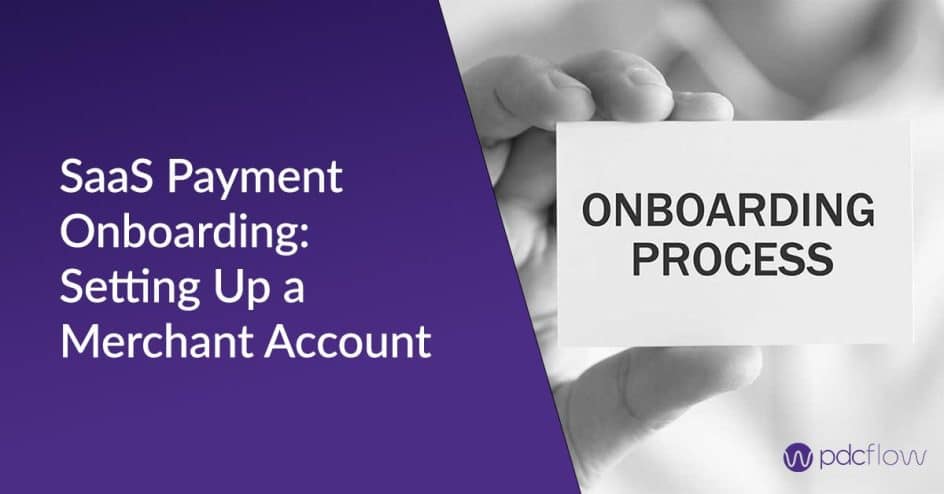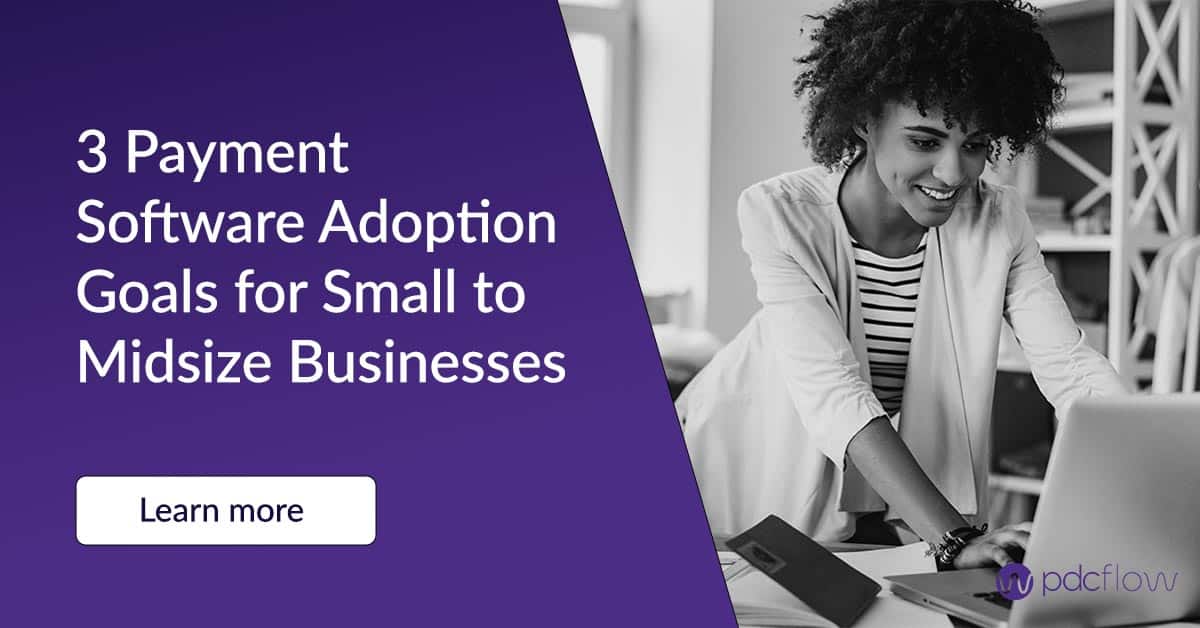Last Updated December 2022
Do you know what it takes to begin payment processing for your business through a new software vendor? Understanding how to set up a merchant account can save time and frustration going through the process for your business.
Here are the basic considerations for companies setting up a new merchant account.
Merchant Onboarding Paperwork
SaaS Service Agreements or Sales Orders
Merchant Service Provider Applications and Documents
To understand if your organization is a good fit for the bank, they will want a clear picture of your business financials. In other words, they’ll ask a lot of questions. So if you need a merchant account for credit card processing or ACH processing, be prepared to fill out paperwork.
Most banks also look for a few other items, such as merchant statements or tax EINs. Work with your payment processing software’s onboarding team and try to provide everything they ask for as quickly as you can get it.
This helps show underwriters a complete representation of your business. It also reduces the amount of correspondence required for the acquiring bank to make its decision.
Merchant Service Accounts Approval Time Frames
The SaaS payment vendor’s onboarding team can tell you how to set up a merchant account but they can’t influence whose applications are approved. After giving items to an underwriter, the decision to approve or deny – and the amount of time it takes to do so – is left up to the bank’s due diligence.
When all required items are provided, your company may get a decision in as little as two business days. The time frame may be longer if the bank is missing the documents they’ve requested or your application is incomplete.
Additional Documentation

General Checklist of Underwriting Documents for a New Merchant Account
Completed and signed application
Voided check or bank letter
Corporate documents
Bank statements
A Conversation with the Business Owner or Operator
Occasionally, underwriters may need to verify information directly with the business owner or operator at your company. This is nothing to be nervous about.
They are merely trying to understand your organization and assess the risks involved in approving your merchant account. The appropriate staff members should be available to answer questions at their earliest convenience and with full transparency.
Additional Merchant Account Considerations
Stronger Financials
Stronger financial statements make the underwriting decision easier. If your business is in a good place financially, that gives you an advantage in getting a merchant account approved.
If your financials aren’t great, however, you may still qualify. Speak to your SaaS payment vendor’s onboarding team about your situation and they can give you further insight.
High Risk Industries
If you are a merchant in a high risk industry, the underwriting process will require more documents and consideration than a low risk business.
Don’t be discouraged from trying to obtain an account but make sure you speak to the onboarding team first, so you are prepared to provide all the documents and information required.
After the Merchant Application is Approved
After underwriting, most SaaS onboarding teams can create an account in just a few business days. This step may require information from you as well.
Provide the names and contact information for those within your business that will be receiving daily reports, administrative emails, or other communications.
PDCflow helps set up merchant accounts for payment processing by matching your company with the best merchant service provider to fit your business needs.
For more on security, compliance and customer experience topics that help businesses run smoothly, subscribe to weekly or monthly PDCflow content updates.
Sign Up:
Want to know more about PDCflow Software?
Press ▶️ to watch our explainer video





